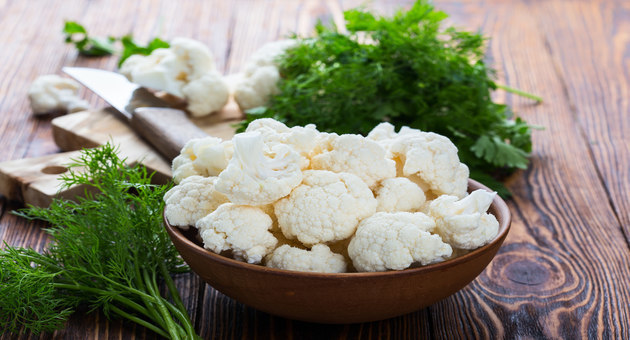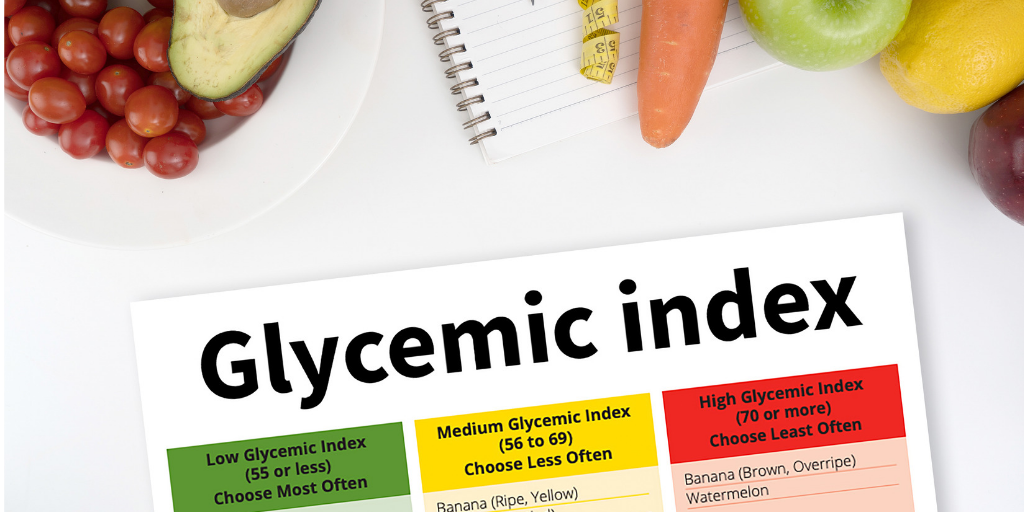Why the Difference Matters for Your Health
Health experts consistently recommend choosing whole grains over refined grains, but what exactly makes them different? The answer lies in processing and nutrition—and understanding this difference can significantly impact your health.
What Makes a Grain “Whole”?
All whole grain kernels contain three parts: the bran, germ, and endosperm. A grain is considered to be a whole grain as long as all three original parts are still present in the same proportions as when the grain was growing in the fields.
The Three Parts of Every Grain Kernel

Every grain kernel—whether wheat, rice, oats, or barley—consists of three essential parts:
1. Bran (Outer Shell)
- The fibrous protective covering around the entire kernel
- Contains most of the grain’s fiber, B vitamins, and antioxidants
- Gives whole grains their slightly rougher texture and nutty flavor
2. Endosperm (Middle Layer)
- The largest part of the kernel, making up about 80% of its weight
- Contains mostly starchy carbohydrates and some protein
- This is the only part retained in refined grains
3. Germ (Inner Core)
- The smallest part but nutritionally dense
- Contains healthy fats, vitamin E, B vitamins, and minerals
- The “embryo” that would grow into a new plant
Common Types of Grains
Grains include wheat, corn (maize), rice, oats, barley, quinoa, millet, rye, and sorghum. Each can be processed as either whole grain or refined grain products.
Whole Grains vs. Refined Grains: The Key Differences
Whole Grains Keep Everything
What they include: All three parts of the kernel (bran, germ, endosperm)
Nutritional benefits:
- High in fiber (up to 4 times more than refined grains)
- Rich in B vitamins, vitamin E, and minerals like magnesium and selenium
- Contains antioxidants and phytochemicals
- Provides healthy fats from the germ
Texture and taste: Denser, chewier texture with a nuttier, more complex flavor
Shelf life: Shorter due to natural oils in the germ (typically 3-6 months)
Refined Grains Strip Away Nutrition
Refined grains differ from whole grains in that some or all of the outer bran layers are removed by milling, pearling, polishing, or de-germing. These processes reduce micronutrients, decrease fiber by ≤75%, and lower some antinutritional components held in the bran.
What’s removed: Bran and germ (keeping only the endosperm)
What’s lost in processing:
- Up to 75% of fiber
- 80% of B vitamins
- Most minerals and antioxidants
- All healthy fats
What remains: Mostly starch and some protein
Texture and taste: Fine, light, fluffy texture with mild flavor
Shelf life: Longer (up to 1 year) because oils have been remove

The Health Impact: Why Whole Grains Win
Whole grains have been linked to a lower risk of heart disease, diabetes and other health problems.
Cardiovascular Benefits
Fiber from whole grains may help reduce blood cholesterol levels and may lower risk of heart disease.
Blood Sugar Control
Whole grains have a lower glycemic index than refined grains, meaning they cause a slower, steadier rise in blood sugar levels.
Digestive Health
Fiber is also important for proper bowel function. The high fiber content in whole grains promotes healthy digestion and may reduce the risk of colorectal cancer.
Weight Management
The fiber and protein in whole grains help you feel full longer, potentially reducing overall calorie intake.

What About Enriched Grains?
Enriched grains are refined grains that have been fortified with additional nutrients. Although many of the vitamins lost in the refining process can be added, the lost fiber is not replaced.
While enrichment helps restore some nutrients, it’s not a perfect solution:
- What’s added back: Iron, thiamine, riboflavin, niacin, and folic acid
- What’s still missing: Fiber, vitamin E, magnesium, and many antioxidants
- The bottom line: Enriched grains are better than non-enriched refined grains, but whole grains are still the healthiest choice
Official Health Recommendations
The American Heart Association recommends choosing whole grains and products that contain at least 51% whole versus refined grains, and suggests getting three fiber-rich whole-grains every day.
The Dietary Guidelines for Americans recommend that whole grains constitute at least half of the total grains we consume, but research shows that most people do not meet this recommendation.
Gluten-Free Grains: A Special Consideration
For people with celiac disease or non-celiac gluten sensitivity, avoiding wheat, barley, and rye is essential. However, many gluten-free options exist.
Naturally Gluten-Free Whole Grains Include:
- Rice (brown rice is the whole grain version)
- Corn (choose whole kernel corn or products made from whole corn)
- Quinoa (technically a seed, but used like a grain)
- Oats (choose certified gluten-free to avoid cross-contamination)
- Buckwheat (despite the name, it’s gluten-free and actually a grass)
- Millet
- Teff
- Sorghum
- Amaranth
The Gluten-Free Challenge
A study of gluten-free foods targeted at children found that 88% of the products didn’t offer many health benefits, and 79% of them were high in sugar. Gluten-free bakery products are also high in fat, sugar, salt, and refined carbohydrates.
Most commercial gluten-free products are made with refined flours (particularly white rice flour), so people following a gluten-free diet often miss out on fiber and other nutrients found in whole grains.
How to Choose Whole Grains
Read ingredient lists carefully:
- Look for “whole” as the first word (whole wheat, whole oats, whole corn)
- Watch out for misleading terms like “wheat flour” (this is refined) or “multigrain” (doesn’t guarantee whole grains)
Look for whole grain stamps: The Whole Grains Council provides stamps indicating whole grain content
Check fiber content: Whole grain products typically contain at least 3 grams of fiber per serving

Making the Switch: Practical Tips
- Start gradually: Replace one refined grain product at a time
- Try different varieties: Brown rice, whole wheat pasta, steel-cut oats
- Experiment with new grains: Quinoa, barley, farro, or bulgur
- Mix and match: Combine white and brown rice initially for taste adjustment
- Focus on breakfast: Switch to whole grain cereals, oatmeal, or whole wheat toast
The Bottom Line
The evidence is clear: whole grains offer a “complete package” of health benefits, unlike refined grains, which are stripped of valuable nutrients in the refining process. While refined grains may create lighter, fluffier baked goods, choosing whole grains provides significantly more nutrition and long-term health benefits.
Making the switch to whole grains is one of the simplest yet most impactful changes you can make to improve your diet and overall health.
Sources
- Harvard T.H. Chan School of Public Health – The Nutrition Source: Whole Grains. Retrieved from https://nutritionsource.hsph.harvard.edu/what-should-you-eat/whole-grains/
- U.S. Department of Agriculture – MyPlate.gov: Grains Group. Retrieved from https://www.myplate.gov/eat-healthy/grains
- American Heart Association: “Get to Know Grains: Why You Need Them, and What to Look For” (June 25, 2024). Retrieved from https://www.heart.org/en/healthy-living/healthy-eating/eat-smart/nutrition-basics/whole-grains-refined-grains-and-dietary-fiber
- Mayo Clinic: “Whole grains: Hearty options for a healthy diet” (2024). Retrieved from https://www.mayoclinic.org/healthy-lifestyle/nutrition-and-healthy-eating/in-depth/whole-grains/art-20047826
- National Center for Biotechnology Information: “Whole and Refined Grains and Health—Evidence Supporting ‘Make Half Your Grains Whole'” PMC7231599. Retrieved from https://pmc.ncbi.nlm.nih.gov/articles/PMC7231599/
- American Society for Nutrition: “Farm-to-table study reveals why whole grains are healthiest” (August 30, 2024). Retrieved from https://nutrition.org/farm-to-table-study-reveals-why-whole-grains-are-healthiest/
- The Whole Grains Council: “What’s a Whole Grain? A Refined Grain?” Retrieved from https://wholegrainscouncil.org/whole-grains-101/whats-whole-grain-refined-grain
- Celiac Disease Foundation: “Gluten-Free Foods.” Retrieved from https://celiac.org/gluten-free-living/gluten-free-foods/
- WebMD: “8 Foods High in Gluten and Why You Should Avoid Them” (October 23, 2023). Retrieved from https://www.webmd.com/diet/foods-high-in-gluten


